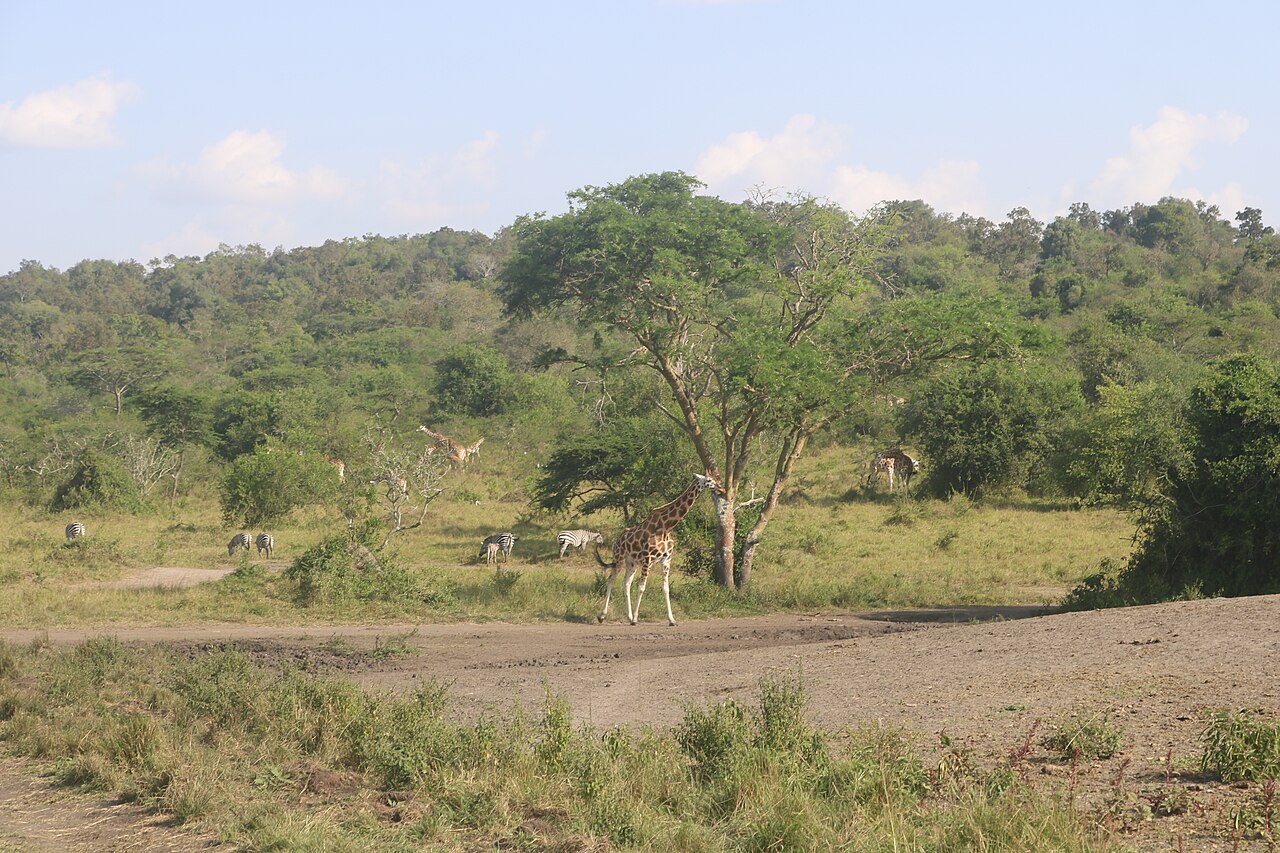
Lake Mburo National Park: A Hidden Gem in Uganda
Lake Mburo National Park, located in southwestern Uganda, is a stunning destination known for its unique landscapes and rich biodiversity. Established in 1983, this compact park covers approximately 370 square kilometers and is the smallest national park in Uganda. Nestled between the bustling towns of Mbarara and Masaka, Lake Mburo is famous for its diverse ecosystems, including wetlands, savannahs, and the picturesque Lake Mburo itself, making it an ideal spot for wildlife enthusiasts and nature lovers.
A Rich Diversity of Wildlife
One of the standout features of Lake Mburo National Park is its remarkable wildlife. The park is home to over 68 species of mammals, including some unique to this area, such as the African eland, zebra, and impala. Visitors can embark on thrilling game drives or guided nature walks to spot these incredible animals in their natural habitat.
- Zebras and Elands: Lake Mburo is one of the few places in Uganda where visitors can see both Burchell’s zebra and the impressive eland, the largest antelope species in Africa. These animals often graze peacefully in the park’s open grasslands and acacia woodlands.
- Other Wildlife: In addition to zebras and elands, the park is home to various other wildlife, including buffaloes, warthogs, and topi. While larger predators like lions are less common, the park’s diverse ecosystems provide habitat for smaller carnivores, such as leopards and hyenas.
Birdwatching Paradise
Lake Mburo National Park is a birdwatcher’s paradise, boasting over 300 species of birds. The park’s wetlands, forests, and grasslands create ideal habitats for a wide variety of birdlife. Visitors can expect to see colorful species such as the African fish eagle, shoebill stork, and a variety of weaver birds.
The park is particularly renowned for its water birds, which can be spotted around the shores of Lake Mburo. Birdwatching enthusiasts can enjoy guided birding walks to fully appreciate the diversity of avian life and to increase their chances of spotting rare species.
Scenic Landscapes and Lake Mburo
The breathtaking landscapes of Lake Mburo National Park are a major draw for visitors. The park features rolling hills, lush grasslands, and expansive wetlands, all surrounding the beautiful Lake Mburo. This stunning body of water not only supports a rich variety of wildlife but also provides a picturesque setting for photography and relaxation.
Boat trips on Lake Mburo offer a unique perspective of the park, allowing visitors to observe hippos, crocodiles, and various bird species from the water. These serene excursions provide an opportunity to experience the tranquility of the park and appreciate its natural beauty.
Cultural Encounters with the Banyankole People
Lake Mburo National Park is surrounded by the lands of the Banyankole people, who have a rich cultural heritage and history. Visitors can engage with local communities through cultural visits that offer insights into their traditional customs, agriculture, and way of life.
These interactions not only enrich the visitor experience but also promote responsible tourism practices that benefit the local communities. Engaging with the Banyankole can provide a deeper understanding of the region’s history and the importance of conservation in their way of life.
Accessibility and Visitor Experience
Lake Mburo National Park is conveniently located just a few hours’ drive from Kampala, making it an ideal destination for both short visits and extended safaris. The park offers a range of accommodation options, from budget campsites to mid-range lodges, ensuring that visitors can find suitable lodging for their needs.
The park’s well-maintained roads provide easy access for game drives and nature walks, with experienced guides available to enhance the experience by sharing knowledge about the park’s wildlife and ecosystems.
Best Time to Visit Lake Mburo National Park
The best time to visit Lake Mburo National Park is during the dry seasons, which typically run from June to August and December to February. During these months, wildlife is more easily spotted as animals gather around water sources. The dry season also makes for more favorable road conditions for game drives.
The rainy seasons, from March to May and September to November, can also be a beautiful time to visit, as the park’s landscapes become lush and green. However, some areas may become muddy, and wildlife may be more dispersed during this time.
Conservation and Sustainability
Lake Mburo National Park plays a crucial role in wildlife conservation in Uganda. The park’s management collaborates with local communities to promote conservation efforts and sustainable tourism practices. Initiatives focus on habitat preservation, anti-poaching efforts, and community engagement to ensure the long-term survival of both wildlife and local cultures.
Entrance fees contribute to conservation programs and local development projects, ensuring that both the park’s biodiversity and surrounding communities benefit from tourism.
Conclusion
Lake Mburo National Park is a hidden gem in Uganda that offers a unique combination of wildlife experiences, stunning landscapes, and cultural interactions. From its diverse ecosystems and rich birdlife to the beautiful shores of Lake Mburo, the park provides an unforgettable experience for nature enthusiasts and adventure seekers. As a vital part of Uganda’s natural heritage, Lake Mburo National Park invites visitors to explore its beauty while supporting conservation efforts that protect this remarkable environment for future generations. Whether you’re on a game drive, birdwatching expedition, or cultural visit, a trip to Lake Mburo National Park promises adventure and lasting memories.
